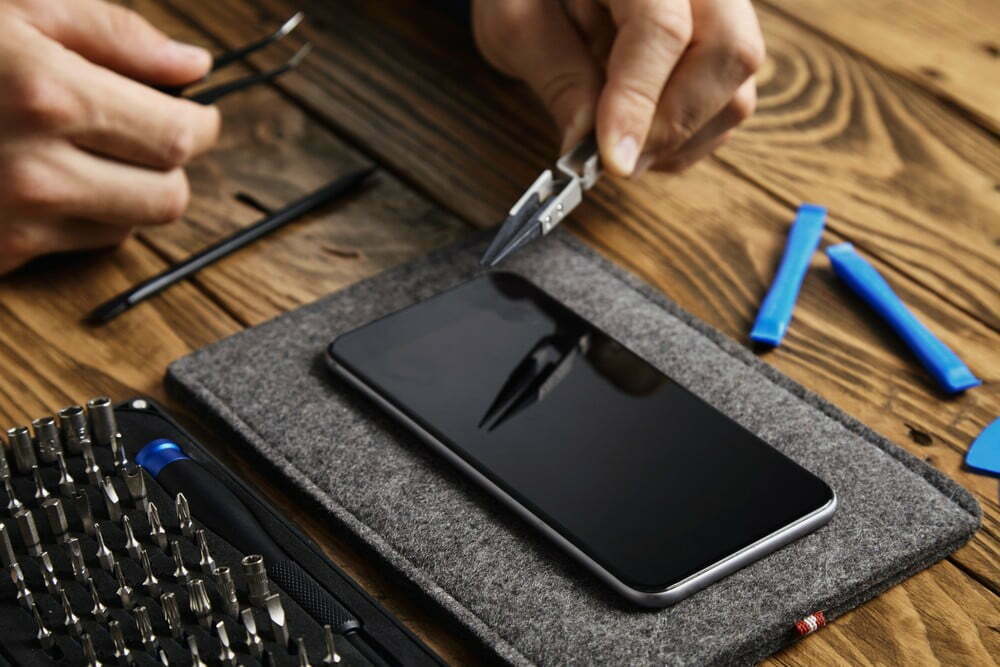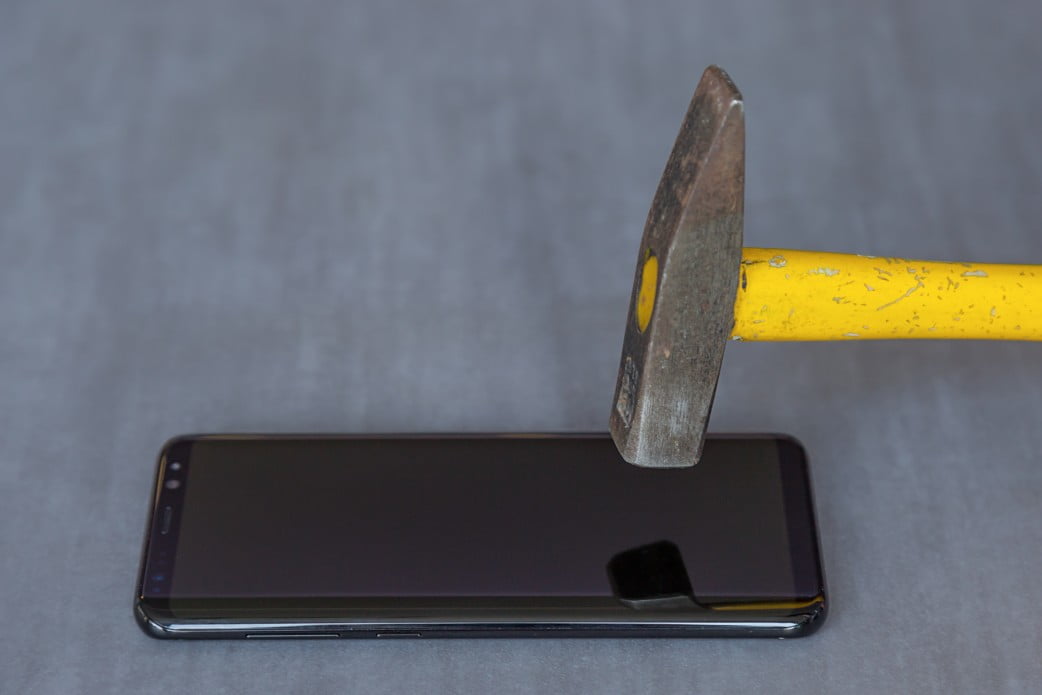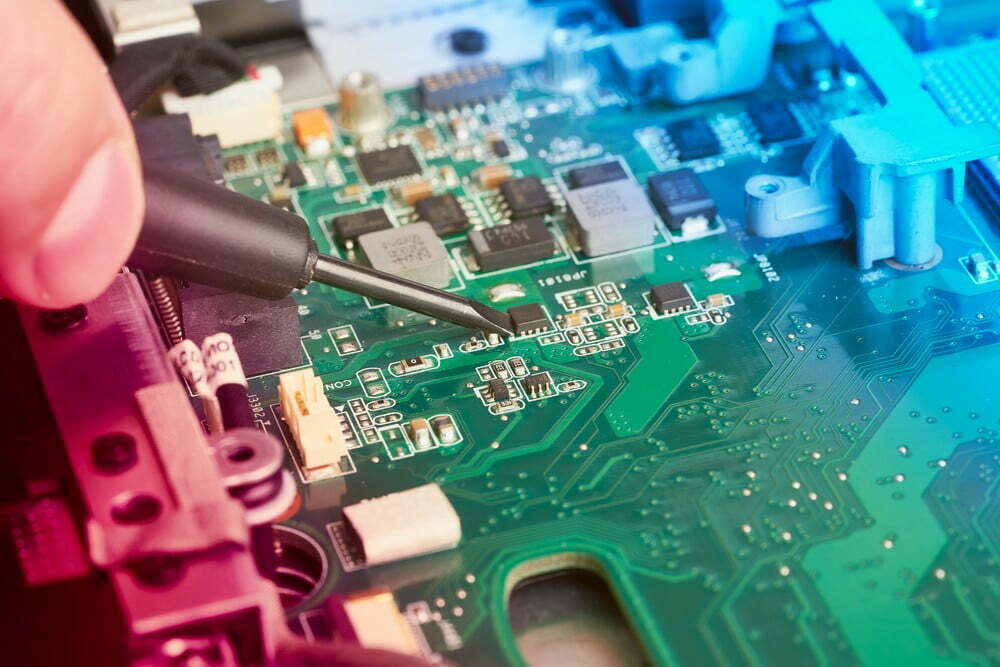In 1992, the US Supreme Court made a decision that is known as a landmark case in the right to repair movement. Known as Eastman Kodak Co. vs Image Technical Serv., Inc., the case was a significant step forward for consumers seeking independent service for their devices. The legal battle between Kodak and 18 Independent Service Organizations (ISOs) spanned three different courts and multiple years. In the end, Kodak was found to have monopolized repair services for its imaging equipment like photocopiers and printers. If you want to know more about this compelling case and what it means for the right to repair, read on about the Eastman Kodak V. Image Technical Services case. Be sure to also take a look at the right to repair law.
KEY TAKEAWAYS:
- In 1992 Kodak had a monopoly of the repair industry around its imaging technology, like printers.
- The case went through multiple courts, but the US Supreme court eventually settled it.
- Kodak was ordered to stop its monopolization of the repairs of its products and replacement parts.
What Prompted the Eastman Kodak Vs Image Technical Services Case?
Starting in 1975, Kodak had a company policy where they would only distribute repair parts, both patented and unpatented, to direct purchasers of its products. In addition, Kodak would only warranty second-hand equipment that it had personally verified. This meant that Kodak controlled 100% of the parts market and an estimated 85 to 90 percent of the repair market for their product. ISOs argued that Kodak’s practices killed the competition in the repair market and also eliminated second-hand sales. IBM faced a consent decree in 1956 for very similar reasons. For a more detailed argument from the independent service organizers, read on.
How did Kodak Monopolize Repair?
There were 18 plaintiffs representing ISOs. They argued that Kodak violated Sections 1 and 2 of the Sherman Act and Section 3 of the Clayton Act. The three central claims of the ISOs were that Kodak monopolized repair, replacement parts, and the secondary market for Kodak equipment. This heavily impacted the circular economy of used or damaged Kodak equipment.
Kodak Monopolized Repair
Before the Supreme Court decision, Kodak would only cover used products if Kodak inspected them first. This meant that consumers were less likely to buy second-hand equipment from ISOs because they would have to ship the Kodak anyway. In addition, Kodak’s leasing contracts required customers to use Kodak for any servicing or maintenance.
Kodak Monopolized Replacement Parts
At the time of the abuses, Kodak would not sell replacement parts to ISOs, making most independent repairs impossible. In addition, Kodak signed agreements with its manufacturing partners that barred the sale of replacement parts to ISOs.
Kodak Abused Patents to Monopolize Tools and Parts
In addition to barring the sale of replacement parts to ISOs, Kodak would make certain parts, which were simple variations on preexisting third-party, and hide them behind patents. Kodak also did the same thing with tools for maintaining its products. These practices cut at ISOs’ access to repair parts and the tools needed to perform repairs.
Eastman Kodak V. Image Tech. Serv., Inc. District Decision
The initial hearing at a District Court sided with Kodak, citing that it is any company’s right to select their clientele for any service they wish. However, the ISOs appealed to the Ninth Circuit based on their claim that while Kodak doesn’t have monopoly power in the imaging technology industry, it still has a monopoly of the Kodak repair industry.
Eastman Kodak V. Image Tech Serv., Inc Ninth Circuit Decision
The Ninth Circuit court sided with the ISOs based on multiple Kodak policies that killed the servicing and second-hand marketplace competition. First, it found that Kodak changed its business practices in 1982 to snuff out the emerging third-party market repairs of their equipment. In addition, the fact that Kodak’s user agreements strictly forbid customers from seeking third-party maintenance. Kodak appealed to the Supreme Court.
Supreme Court Decision
The Supreme Court confirmed the decision of the Ninth Circuit court. They agreed that Kodak had violated antitrust laws in the area of repairs and parts availability. While Kodak disagreed, the court thought that their market share in the repairs and maintenance of their equipment met the monopoly grounds.
F.A.Q.S
What did the Sherman Antitrust Act prohibit?
It restricted any company from trying to limit aid in the pursuit of a monopoly.
Was Kodak a monopoly?
Kodak was found to have a monopoly on photographic film for most of the 20th Century.
Is the Sherman Antitrust Act still in effect today?
While it is not commonly brought up today, it is still very much in effect.
STAT: Kodak quickly met the market share requirements of a § 2 case because “Kodak controls nearly 100% of the parts market and 80% to 90% of the service market, with no readily available substitutes. (source)
REFERENCES:
- https://en.wikipedia.org/wiki/Eastman_Kodak_Co._v._Image_Technical_Services,_Inc.
- https://www.youtube.com/watch?v=ENyeMgE6zNI
- https://supreme.justia.com/cases/federal/us/504/451/r
- https://www.lexisnexis.com/community/casebrief/p/casebrief-eastman-kodak-co-v-image-tech-servs
- https://www.law.cornell.edu/supremecourt/text/504/451





























![Best Renters Insurances in [year] 22 Best Renters Insurances in 2025](https://www.gadgetreview.dev/wp-content/uploads/best-renters-insurance-image.jpg)
![Best Computer Repair Kits in [year] 23 Best Computer Repair Kits in 2025](https://www.gadgetreview.dev/wp-content/uploads/best-computer-repair-kit-image.jpg)
![Best Smartphone Repair Kits in [year] 24 Best Smartphone Repair Kits in 2025](https://www.gadgetreview.dev/wp-content/uploads/best-smartphone-repair-kit-image.jpg)
![Best iPhone Repair Kits in [year] 25 Best iPhone Repair Kits in 2025](https://www.gadgetreview.dev/wp-content/uploads/best-iphone-repair-kit-image.jpg)
![Best Windshield Repair Kits in [year] 26 Best Windshield Repair Kits in 2025](https://www.gadgetreview.dev/wp-content/uploads/best-windshield-repair-kit-image.jpg)
![Best Dent Repair Kits in [year] 27 Best Dent Repair Kits in 2025](https://www.gadgetreview.dev/wp-content/uploads/best-dent-repair-kit.jpg)